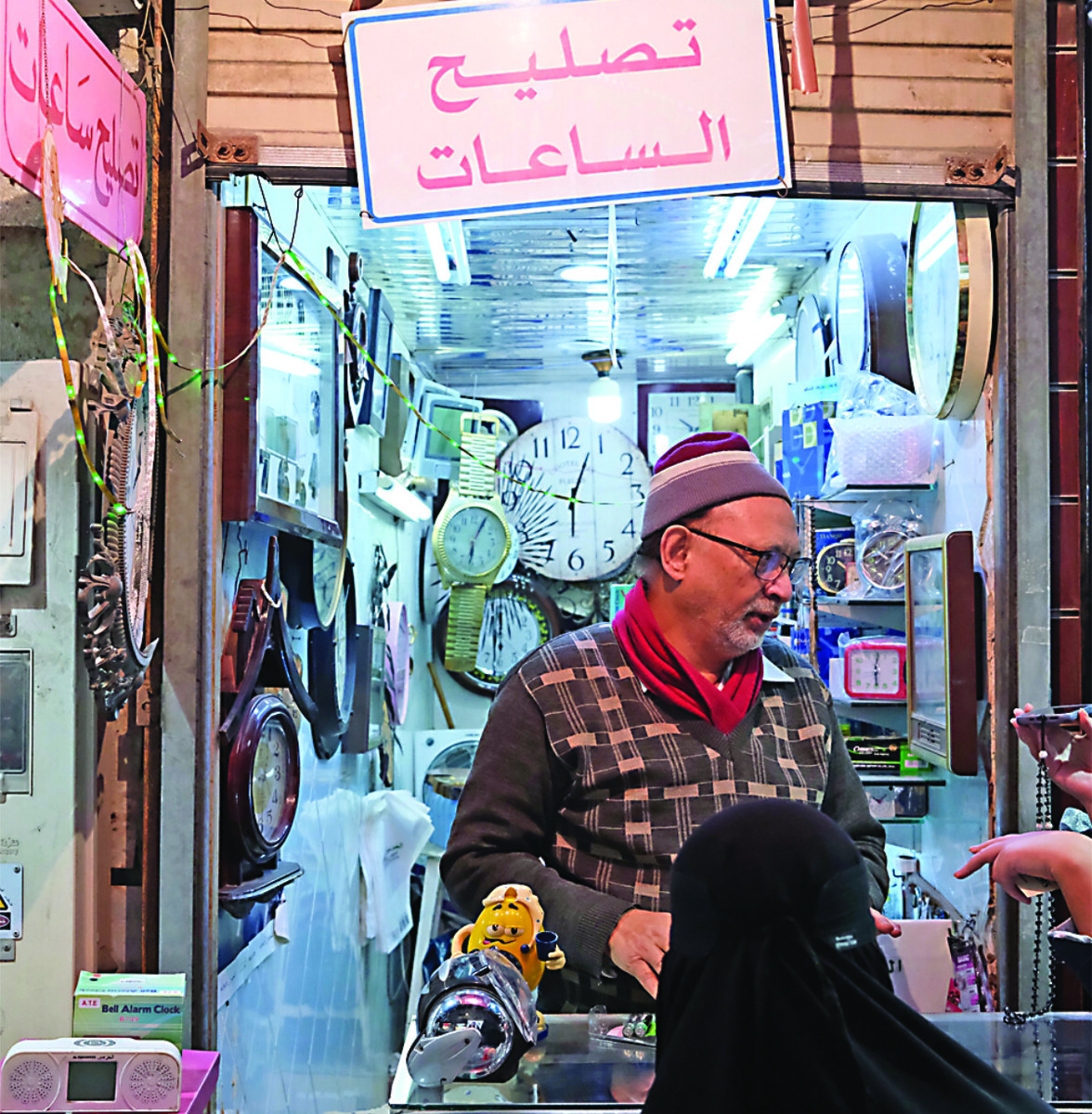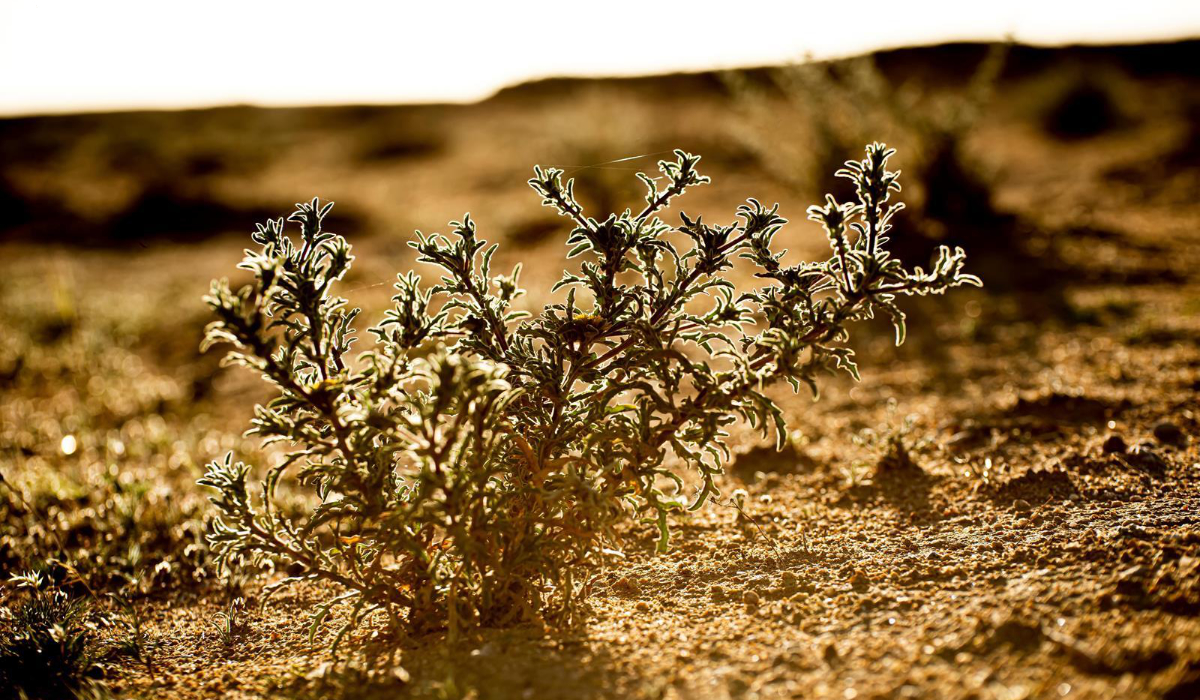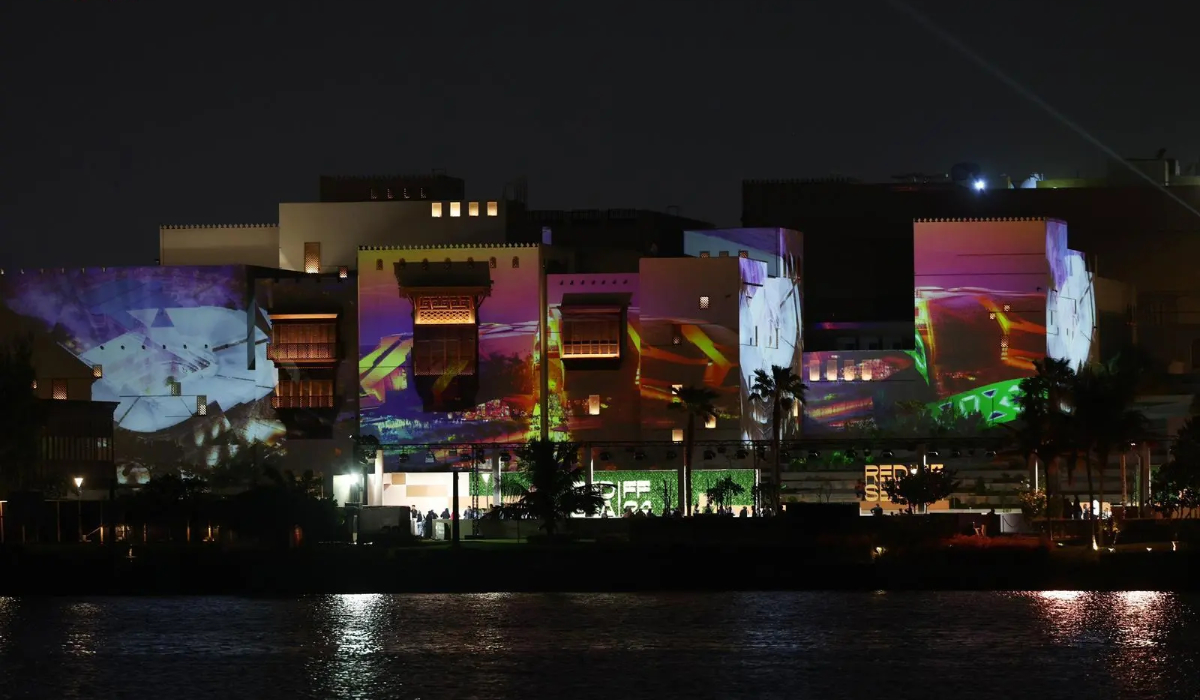RIYADH: Ramadan is a time for fasting, prayer and reflection, and all over the world Muslims welcome it with enthusiasm and joy. In Saudi Arabia, locals welcome Ramadan by decorating their homes and work spaces with festive ornaments that over time have achieved iconic status.
Shahad Al-Ghamdi has a smart habit of visiting wholesale stores before Ramadan to get her hands on themed decorations at good prices.
“I like to shop at discount centers and other places that sell everything at low cost. Al-Hazzazi in Riyadh and Superstore in Jeddah are two excellent ones,” Al-Ghamdi told Arab News.
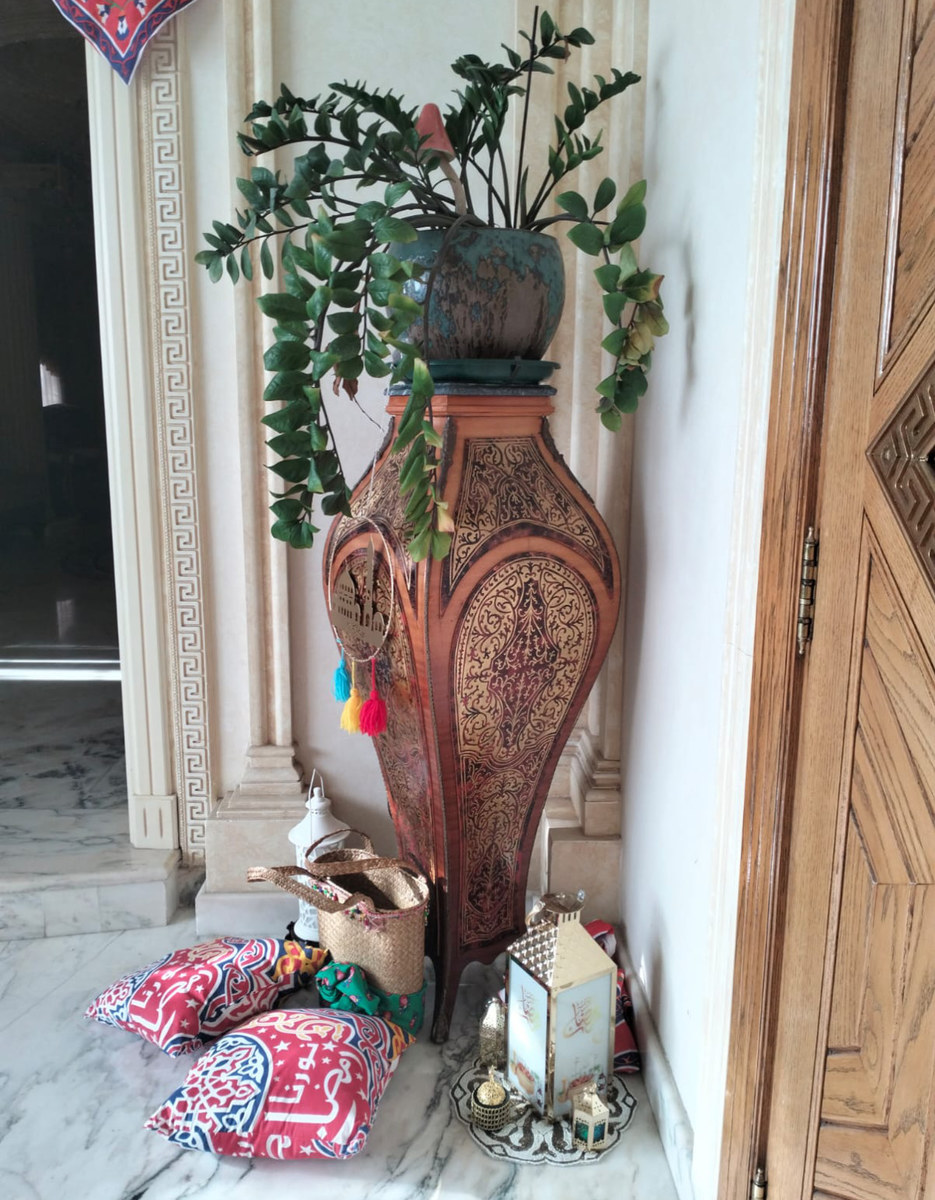
Souqs and traditional markets such as Bab Makkah and Souq Al-Zal are great places to find unique and traditional Ramadan decorations. (Supplied)
Talking about the opportunity for bonding that Ramadan presents, she added: “I like to go with my younger siblings. We return home and put them up on the house together. It makes for amazing memories and we look forward to doing it every year.”
If you are looking for Ramadan decorations in Saudi Arabia, there are several shopping destinations that you can explore. Malls and shopping centers such as Mall of Arabia and Red Sea Mall in Jeddah and Riyadh Gallery in the capital are popular places to shop for Ramadan decorations.
I enjoy decorating my home from every angle for Ramadan so that when my daughters and grandchil-dren visit, they can take in the atmosphere and sense the spirit of the holy month.
Elham Mirza, Jeddah local
These malls offer a wide range of decorations, from traditional to modern. Souqs and traditional markets such as Bab Makkah and Souq Al-Zal are also great places to find unique and traditional Ramadan decorations.
These markets are also known for their authentic and handcrafted decorations. Additionally, online marketplaces such as Noon and Amazon offer a convenient way to shop for Ramadan decorations from the comfort of your own home.
Fatima Khalaf is a corporate employee who appreciates the convenience of online shopping.
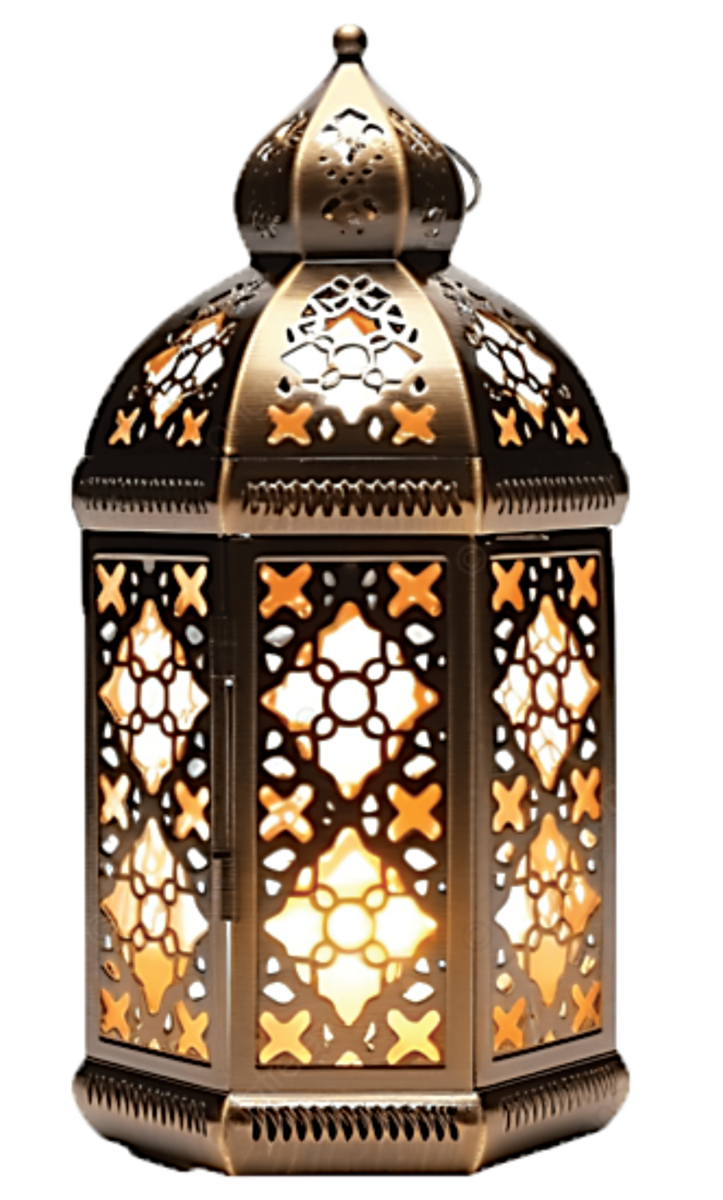
Souqs and traditional markets such as Bab Makkah and Souq Al-Zal are great places to find unique and traditional Ramadan decorations. (Supplied)
“Because I’m too busy with life to visit the mall to buy decorations for Ramadan, I prefer to browse websites and apps where I may find incredible deals on decorations, such as those offered by (the) Temu and Shein apps,” she said.
She advised looking for discounts and promotions during Ramadan sales.
“My favorite types of decorations are the ones that can be used for next year as well, like the big metal lanterns,” she added.
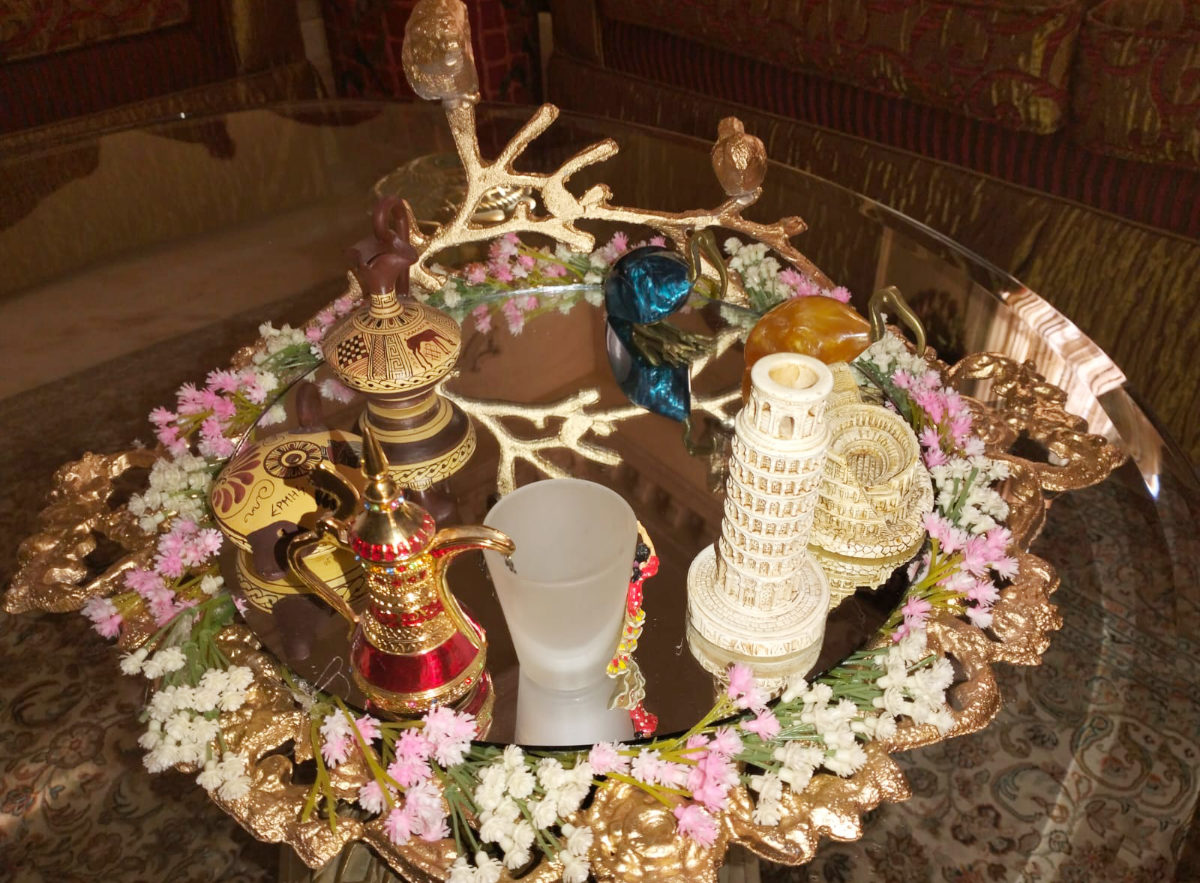
Souqs and traditional markets such as Bab Makkah and Souq Al-Zal are great places to find unique and traditional Ramadan decorations. (Supplied)
There are many types of Ramadan-themed decorations available in the Kingdom. Traditional decorations such as lanterns, Islamic calligraphy frames, and items with crescent moon and star motifs are very popular. These decorations are often made of brass, copper, or other metals and are intricately designed.
Elham Mirza from Jeddah loves to find the best deals from Souq Al-Shatea and Al-Hadaya Center: “I adore these decorations because they bring back nostalgic memories and give the month a distinct feel. I enjoy decorating buildings outside as well, adding lights and lanterns. I don’t just decorate inside. We inherited the habit of decorating from our ancestors.
“I enjoy decorating my home from every angle for Ramadan so that when my daughters and grandchildren visit, they can take in the atmosphere and sense the spirit of the holy month,” she added.
Amjad Al-Hadrami from the Eastern Province said he buys his decorations from Home Center, and he advised shopping for them in advance. “Plan ahead and make a list of the items you need to avoid overspending.”
LED lights, tableware and wall ornamentations are also widely available, and are often colorful and vibrant and can add a modern touch to your home.
Ramadan-themed clothing and accessories such as kaftans, hijabs and prayer mats are also popular during this time of the year.
Whether you prefer traditional or modern decorations, it is important to plan ahead, look for discounts, and check for quality to ensure that you get the best value for your money.





















